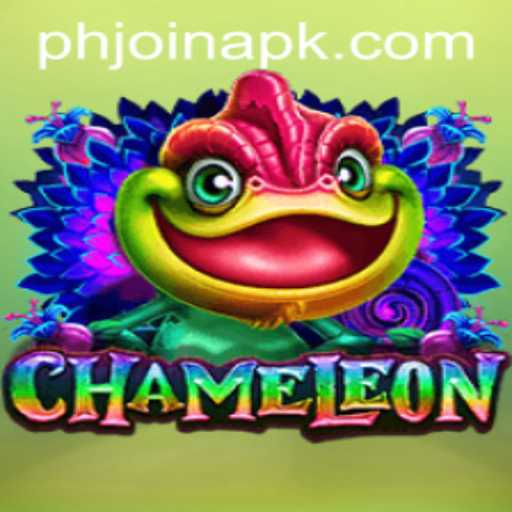Dive into the exciting world of Chameleon, a game that blends secrecy with deduction.
The Intriguing World of Chameleon
The game Chameleon has captivated board game enthusiasts with its unique blend of strategy and secrecy. With a contemporary twist on social deduction, it has gained traction among different age groups and gaming circles. In this piece, we will delve deep into the ‹em›rules and dynamics‹/em› of Chameleon, exploring what makes it a go-to choice for engaging and social play in today’s gaming landscape.
Introduction to Chameleon
Chameleon is a party game designed to amuse and intrigues its players. It was designed by Rikki Tahta and published by Big Potato Games. Since its release, it has become a popular choice for individuals who enjoy strategic deduction games. The core fun of Chameleon revolves around uncertainty, bluffing, and intense interaction, making it a staple during family gatherings, parties, and game nights.
Phjoin as a keyword signifies the game’s unique approach to player interaction—where participants must ‘join in’ on the fun by concealing their identity as the Chameleon or working collaboratively to reveal the deceiver among them. The word also hints at the seamless blend of psychological strategies, quick thinking, and negotiation required to prevail in the game.
How to Play Chameleon
The game of Chameleon demands not only strategic thinking but also a keen sense to mislead others or detect deception. It requires a minimum of 3 players and offers entertainment for groups as large as 8, making it ideal for medium to large-sized gatherings.
Game Setup and Components
To set up the game, players need to have: a 20-word topic card, a set of code cards, a Chameleon card, and a six-sided die. Each player receives a card at random, and precisely one of them is the Chameleon. The rest are given code cards displaying coordinates which correlate to a specific word on the topic card.
Rule Explanation
Choosing the Word: Once cards are distributed, the number on the rolled dice corresponds to a word that all but the Chameleon must hint at using one-word clues. The objective here is for the Chameleon to fake knowing the word through crafted bluffs while other players aim to recognize the impostor among them.
Debate and Deception: Following the clue-giving stage, it's time for debate. At this point, all players engage in a discussion to identify who might be the Chameleon. Conversational skills, persuasion, and sometimes sheer luck play roles during this phase, as players try to uncover any lapses in the Chameleon's responses.
Voting and Reveal: Players vote on whom they suspect to be the Chameleon. If correctly identified, the Chameleon has one last chance to escape by guessing the secret word. If they’re right, they still win, showcasing the difficulty in truly ‘catching’ the impostor.
Current Trends and Cultural Impact
Recent global events have reshaped our social landscapes, and games like Chameleon have offered an engaging respite. As lockdowns and remote interactions became the new norm, board games, especially those encouraging interaction and deduction, experienced a surge in popularity. The accessibility and minimal preparation needed to start a session of Chameleon made it an attractive option for online gaming sessions and virtual meet-ups.
Moreover, gaming communities have found Chameleon’s mix of critical thinking and social skills particularly rewarding as it challenges participants to think quickly, assess others’ intentions, and sometimes reveal more about themselves than they might have planned.
In conclusion, Chameleon stands out in the genre of social deduction games. Its appeal lies in simplicity coupled with the timeless excitement of bluffing games. As we continue to navigate new ways of socializing, games like Chameleon provide reliable, fun alternatives that bring people together, even when they are physically apart.




